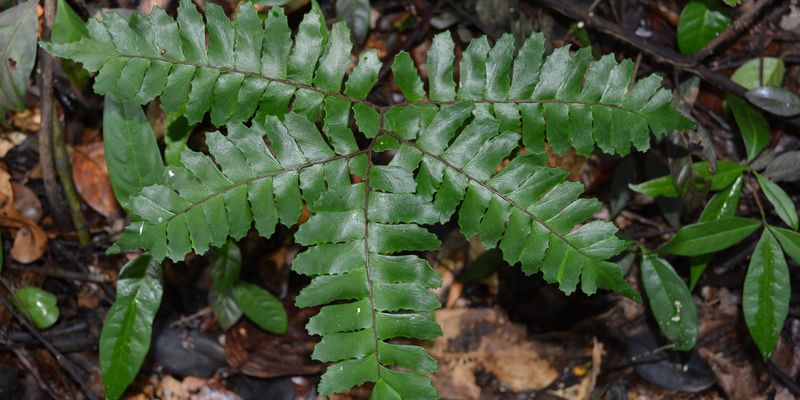Data use
Mapping environmental properties in data‐poor areas using species occurrences
Published 6/29/2020
Study proposes method for using indicator species to derive environmental data in areas where information is scarce

Environmental data is commonly used to define ecological niches and to model species distributions. When environmental data is scarce, however, the presence of indicator species can be used to infer environmental conditions.
In this study, authors outline a method for generating environmental maps derived from plot data in three layers: 1) indicator species with known environmental tolerances, 2) species occurrences from e.g. GBIF, and 3) environmental data only.
From the first layer, the authors are able to derive an environmental optimum. In the next step, this can be used to infer estimates of environmental properties at species-only plots. These estimates, when interpolated with known environmental plots, generate a map of an area of interest that can be validated using an external dataset.
The authors employ the proposed framework to successfully produce a map of soil quality (as measured through the concentration of positively charged ions) for Amazonia using ferns and lycophytes as indicator species, leading to a 12-fold increase in environmental data.